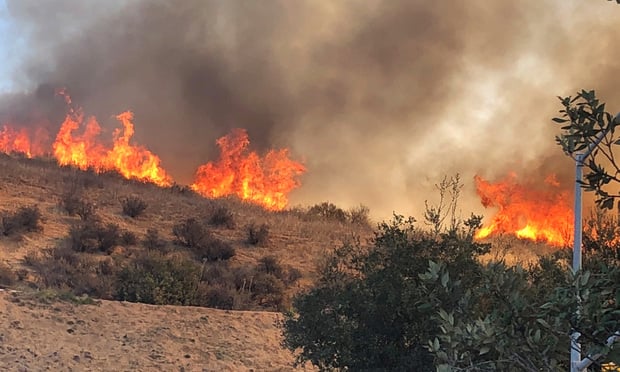Research from government scientists found the past Atlantic tropical storm season was busier than previously thought, with one more tropical storm uncovered in research data.
The hurricane season–which runs from June 1 through Nov. 30–was thought to have had only nine storms this past season, with five of them becoming hurricanes. But researchers with the National Oceanic Atmospheric Administration's National Hurricane Center uncovered a tenth tropical storm that formed in the Atlantic.
The unnamed tropical storm formed on July 13 off the Northeast coast on the tail of a cold front, according to researchers Eric S. Blake and John L. Beven, who published a paper that appears on the NOAA Web site (www.nhc.noaa.gov).
The storm became organized on July 17, they said, forming into a tropical depression about 210 miles off the coast of Nantucket Island, Mass.
The storm reached tropical storm strength of peak wind speeds of 52 miles-per-hour, moving over Newfoundland on the July 18. It dissipated over the North Atlantic on July 19.
They said there were no reports of casualties or damage due to the storm.
No hurricanes struck the East or Gulf Coast this past season, which was predicted to be another active one. Scientists blamed the effects of an El Nin?o for the benign hurricane season. However, scientists also contend the hurricane season will remain severe for years to come due to the effects of global warming.
Earlier this month, Colorado State University Professor William Gray and his team of forecasters predicted an above-average Atlantic-basin tropical storm season in 2007, with seven hurricanes and 14 named storms expected.
In another report, Aon Re said the global tropical storm season was normal.
The study said tropical cyclones for the Northern hemisphere totaled 31 in 2006–equal to the long term average. However, intense tropical storms, at or above Category 3 on the Saffir-Simpson scale (those with sustained winds of 111 mph or more) were above historical levels by 45 percent.
The eastern Pacific saw above average activity on a year-to-year basis, with 18 named storms–up from 15 in 2005. There were six storms of Category 3 or higher in 2006.
The western Pacific storm activity was down slightly from an average of 17.5 typhoons to 15 in 2006.
According to Aon Re, a unit of Chicago-based insurance broker Aon Corp., the worst storm catastrophe loss in 2006 was severe weather that hit the Great Lakes in Ohio Valley through the Southeast that amounted to an estimated $3.4 million-plus in losses.
This article originally appeared in The National Underwriter P&C. For the complete article, please click here.
Interested in more catastrophe news and in-depth articles? Head over to Claims' catastrophe channel for more information.
Want to continue reading?
Become a Free PropertyCasualty360 Digital Reader
Your access to unlimited PropertyCasualty360 content isn’t changing.
Once you are an ALM digital member, you’ll receive:
- Breaking insurance news and analysis, on-site and via our newsletters and custom alerts
- Weekly Insurance Speak podcast featuring exclusive interviews with industry leaders
- Educational webcasts, white papers, and ebooks from industry thought leaders
- Critical converage of the employee benefits and financial advisory markets on our other ALM sites, BenefitsPRO and ThinkAdvisor
Already have an account? Sign In Now
© 2025 ALM Global, LLC, All Rights Reserved. Request academic re-use from www.copyright.com. All other uses, submit a request to [email protected]. For more information visit Asset & Logo Licensing.








